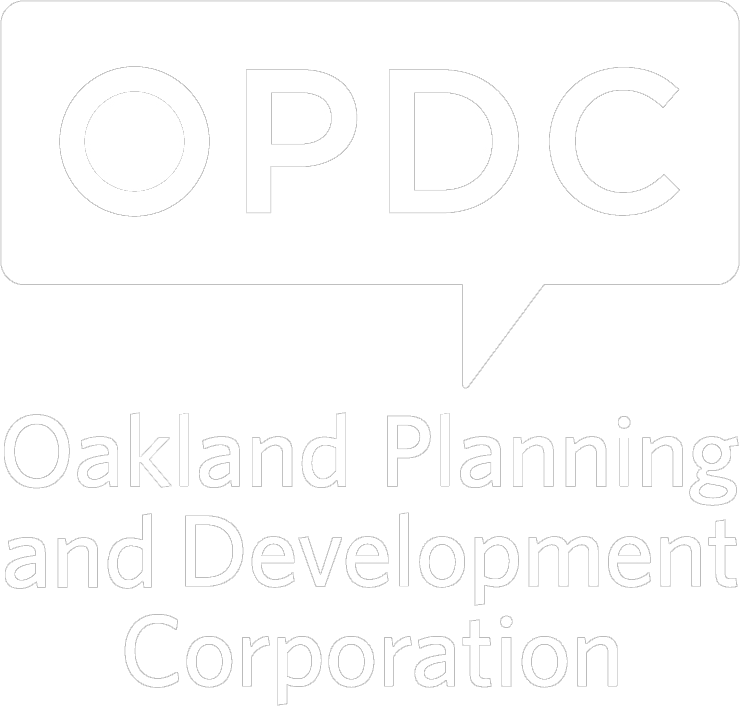It’s well-understood that Oakland housing is hard to come by. Rents here are insane, and houses are in short supply – and for a lot of people who work here, there is no viable walk-to-work option. Thousands of people drive into Oakland every day, and the amount of local real estate given over to storing their cars only makes the housing problem worse.
People talk a lot about the need for affordable housing in Oakland, but it’s important to be clear about what affordable actually means. Affordable to whom? Under what conditions?
Inclusionary zoning (as we discussed a bit ago) is one strategy for ensuring that new development helps to increase the supply of units that are affordable to folks making less than 50% of the area median income. The Oakland Community Land Trust is another tool for guaranteeing the availability of affordable homeownership for buyers making less than 80% of area median income. OPDC and other public and non-profit organizations have built project-based affordable housing in Oakland in the past (many units for people making 20% - 60% of area median income), and we are actively looking for opportunities to build more. These initiatives are intended to serve people with low and moderate incomes, to ensure Oakland’s employment opportunities are accessible to Oakland residents, and to support an inclusive neighborhood with a high quality of life for all.
On the other hand, the recently-introduced bill to re-zone some of Central and South Oakland has a different idea about what “affordable” means. The bill was amended before it was sent to the Planning Commission to include an allusion to affordability (without actually using that word) called “walk to work housing.” The bill defines this as follows:
“Walk to Work Housing” shall mean a residential rental unit, within a multi-family building or structure, whose fair market rental has been reduced by a rental incentive provided by either the building owner or a third party institution so that the rental rate of the unit does not exceed thirty percent (30%) of the gross income of the occupants. This incentive shall be made primarily available to employees and/or independent contractors of the third party institution.
A residential development that includes this “walk to work housing” would qualify for a bonus point worth 15’ of additional height under this proposed zoning law.
It may seem a little confusing as to why any market rate residential unit that is affordable to its occupants – regardless of the incomes of those occupants – would consider that parody of “affordability” as an extra that should be rewarded with additional allowances for height or density. The way this clause is written, there is nothing to prevent a developer from claiming the point with a building rented entirely to people making 200% - 300% of area median income, paying $3,300 - $5,000 for 2-bedroom apartments. That’s absurd.
Incentives are supposed to make it worthwhile for developers to include features or services that it might not otherwise be cost-effective to provide. But the market has no problem supplying high-end rental housing without any kind of subsidy – there have been 1,095 such units built in Oakland within the last five years. The real challenge is providing the right mix of interventions that will ensure that housing opportunities exist in Oakland for folks across the income spectrum, not just the wealthiest 30%.
